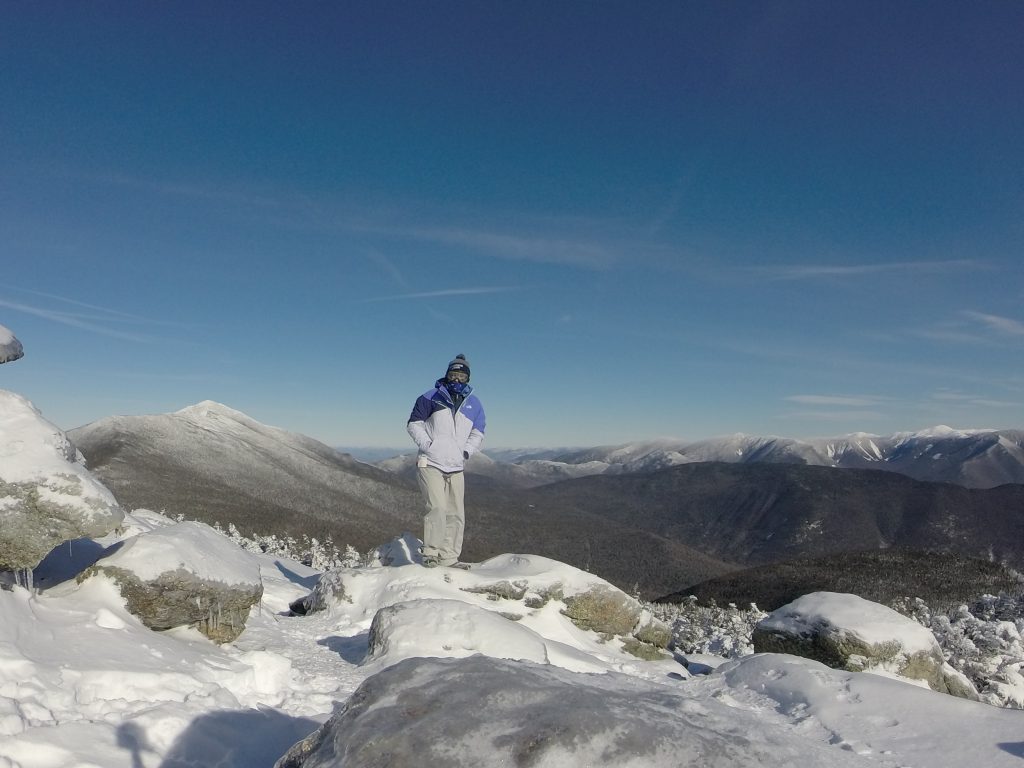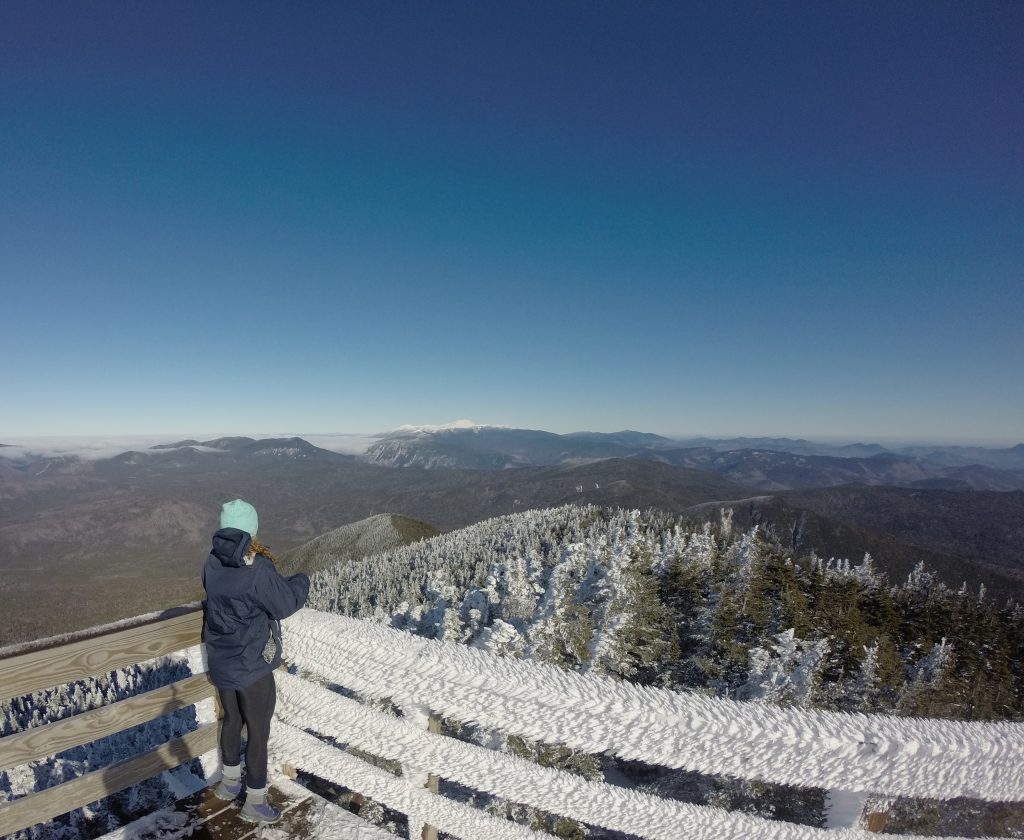“Don’t go outside with wet hair, or you’ll get a cold!”
“Bring extra layers, so you don’t get sick!”
While these warnings are often overlooked and paired with an eye roll, for hikers, those extra layers are essential. For anyone brave enough to head out on the trails during the winter, the concerns amount to much more than simply getting a cold. Frostbite and hypothermia are both very real possibilities when spending extended time outdoors in below-freezing temperatures. But, there’s no need to stop doing what you love, as long as you know how to avoid these cold-weather emergencies.

Frostbite
Frostbite typically affects an area of uncovered skin: Your fingers, toes, ears, or nose usually falls victim. The condition occurs when the skin or tissues under it freeze, and you need to be able to identify it.
Symptoms: Numb, white, cold, or hard-seeming skin feels rubbery to the touch and can become red and swollen. Even more advanced frostbite will show black, dry, and rubbery skin.
Treatment: The patient suffering needs to be taken somewhere warm and dry, preferably indoors. Trying to re-warm the area will cause more damage if it refreezes. Instead, the area should be rapidly warmed with water over 100 degrees Fahrenheit.
Prevention:
- Wear layers
- Try to limit sweating
- Protect all areas of exposed skin
- Bring hand and toe warmers
- Use common sense!
- Don’t be afraid to turn around or change plans according to the weather

Hypothermia
A condition a little more severe, hypothermia takes on your entire body, occurring when it can’t generate enough heat to keep your core temperature at a safe level. This is a life-threatening condition that requires an immediate response and may occur with prolonged exposure to temperatures in the 50s or submersion in water around the 60-degree mark. Contrary to most perceptions, it does not have to be below freezing.
Signs and symptoms:
- Shivering
- Apathy
- Cold, pale skin
- Poor judgment
- Unsteadiness
- Slurred speech
- Numb hands or feet
- Slow speech
- Shallow breathing
- Physical weakness or a weak pulse
- Unconsciousness
Treatment: Restore the core body temperature. Get the victim to a warm, dry place, such as a tent or building, and use blankets, hot water bottles, and body warmth to heat them up. The longer they are breathing cold air outside, the harder it will be to warm them.
Prevention Methods:
- Always keep an eye on the weather conditions
- Be prepared! Pack everything you would need to stay overnight on the trail
- Wear layers; follow the wick, warmth, and weather rule
- No cotton!
- Don’t spend too much time above treeline
- Avoid sweating
- Stay as dry as possible
- Turn around while you’re still safe
One final warning: You are not invincible, and tragedy can strike just about anyone, regardless of how prepared you are. Do your best to stay knowledgeable and ready to help. And, when you remain alert and warm, you’re bound to have a fun winter day outside!
Hannah Wohltmann
Originally from Baltimore, Maryland, I moved to New Hampshire permanantly after graduating from The University of New Hampshire in spring 2016. My very first hike was up Mount Major in spring 2014 and I was hooked. I hiked my first 4k footer in September 2014 and I have hiked 19 more since then. I am on the trek to hike all 48 and thus far my favorite has been Mount Liberty (4,459). I dream of conquering the NE 67 and beyond!
Related Posts
April 2, 2024
10 Tips for Mountain Biking Etiquette During Mud Season
One rough spring could ruin the…




